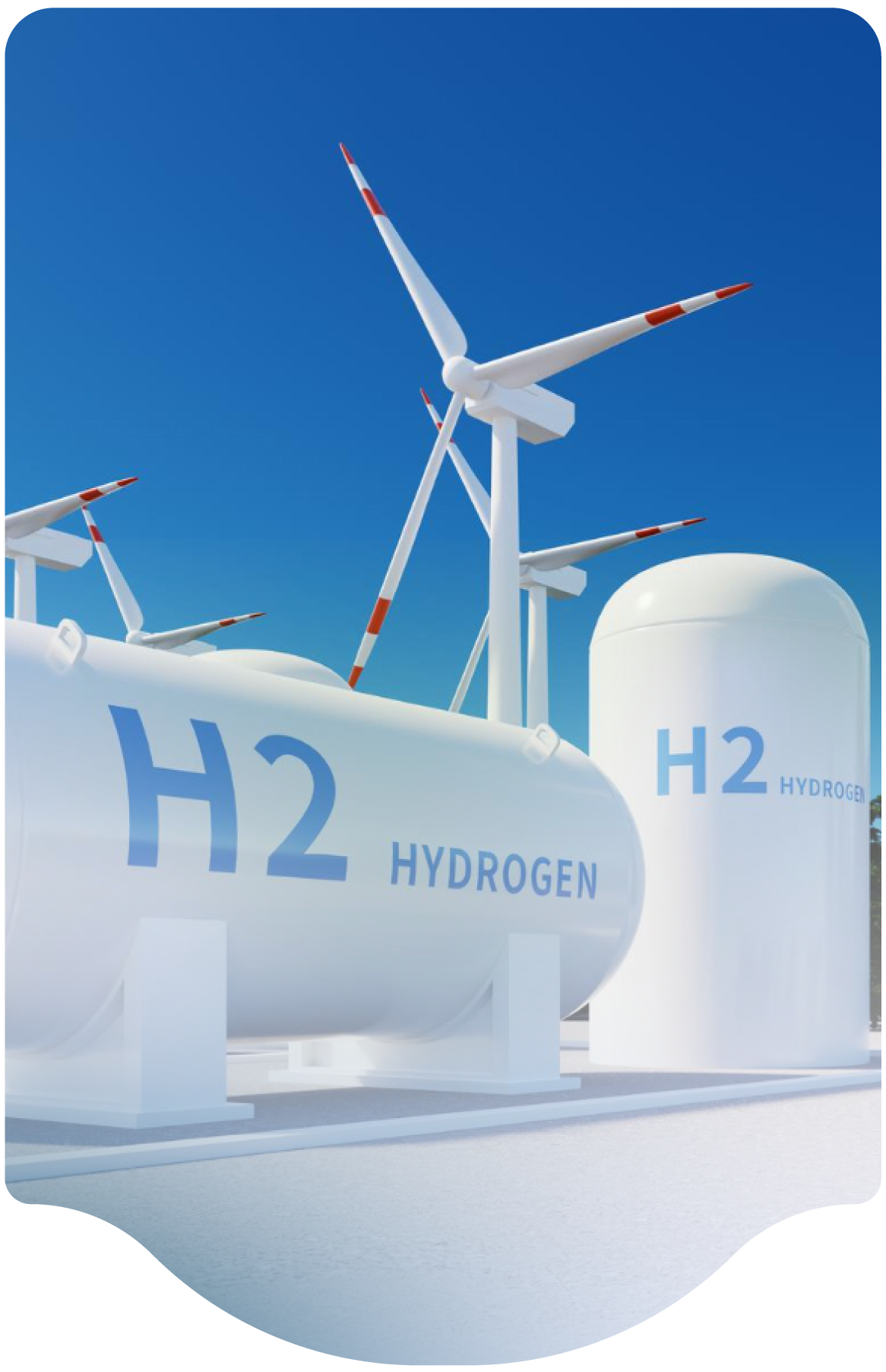- Home
-
Resources
- Center for Hydrogen Safety
- Hydrogen Fuel Cell Codes and Standards
- Learnings & Guidance
- Paper & References
- Web-based Toolkits
- Workforce Development

- Contact
- About H2Tools
- Welcome to the Hydrogen Tools Portal
- helpdesk@h2tools.org
FAQ
Frequently Asked Questions
Question & Answer
Category
Fueling Stations, Hazards Analysis, Site Planning
Category
Fueling Stations, Hazards Analysis, Site Planning
- 46 results found
- Clear All
The HSP is not aware of any specific standards for this application, but LNG standards could serve as a useful starting point given the extensive maritime trade of LNG and its use in ship…
Category:
Keywords:
Neither section is a perfect fit for marine hydrogen fueling, but that is often the case with applying Codes. The most prudent approach is to…
Category:
Keywords:
The HSP is not aware of any immediate provisions in the IFC or CFC specific to maritime hydrogen fueling, but it would make sense for it to be addressed in either IFC Section 2309, Section 2310, or referenced in both. In NFPA 2, the HSP has not seen any proposals to date; however, anyone who…
Category:
Keywords:
These distances are based primarily on hydrogen piping releases and resultant vapor clouds and jet flames based on pipe diameter and pressure. It’s important to note that many facilities have issues such as confinement and congestion, so it may be applicable to apply contemporary engineering models to assess risk.
Category: Site Planning
There is technically no upper limit for GH2 storage listed within the separation distance tables within Chapter 7 of NFPA 2. For LH2, there is a 75000-gallon upper limit for the LH2 storage separation distance tables within Chapter 8 for LH2.
It’s important to note that many facilities have site specific issues such as large quantities, confinement, and congestion, so it may be…
Category: Site Planning
Keywords: Site Planning, Separation Distance, Equipment, Liquid, Storage
The Global Asset Protection Services (GAPS) standard was written 20 years ago for property loss prevention at crowded chemical plants and is intended for existing and new oil and chemical facilities to limit explosion over-pressure and fire exposure damage; thus, the purpose is different than NFPA 2. NFPA distances were based on studies from the 1960s as well as qualitative factors that were…
Category: Site Planning
Keywords: Site Planning, Separation Distance, Equipment, System Design
Previous versions of NFPA 55 listed overhead power lines within the separation distance tables with no voltage distinction. The separation distances were 15 ft for GH2 and 25 ft for LH2 for all overhead electrical lines. The current edition of NFPA 2 includes these in overhead utilities; the distance for GH2 and LH2 will vary with pressure and diameter of the hydrogen piping. In practice, high…
Category: Site Planning
Keywords: Site Planning, Separation Distance, Electric Power Lines
If liquid hydrogen usage is sufficiently high at the fueling station, there may be no need to vent any boiloff generated from the LH2 storage tank. Boil-off gas should be minimized through system design, but where needed, the boil-off hydrogen along with any other hydrogen released must be vented through a local vent stack which is constructed to safely vent the hydrogen in accordance with CGA…
Category: Fueling Stations
Keywords: Fueling Station, Boil-off Gas, Venting
Each system should be evaluated for exposure of equipment to jet fires. The design team should develop
a plan to mitigate exposure as part of the hazard analysis. Fire barriers, walls, enclosures, and insulation
systems are frequently installed to meet code requirements where separation distances are not
sufficient or where the probability of exposure to a jet fire is high. Barriers…
Category: Site Planning
Keywords: Fire Protection, Jet Fire, Fire Barriers, Hazards Analysis
Codes and standards to address issues like this one are under development, along with applied research and field trials. As with any new application, appropriate codes and standards must be developed to meet public risk targets.
Category: Site Planning
Keywords: Heating, Explosion, Setback Distance
We are professional and reliable provider since we offer customers the most powerful and beautiful themes. Besides, we always catch the latest technology and adapt to follow world’s new trends to deliver the best themes to the market.
Contact info
We are the leaders in the building industries and factories. We're word wide. We never give up on the challenges.
- 2 Queen Street,California, USA
- (+84) 04 123 456
- :Helpdesk@h2tools.org
